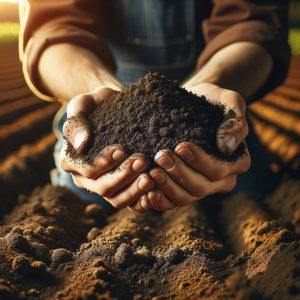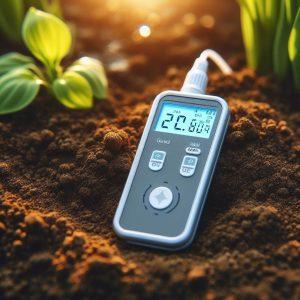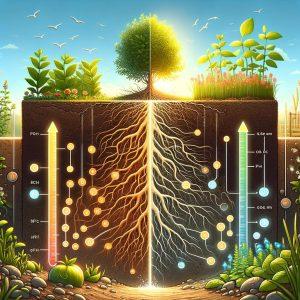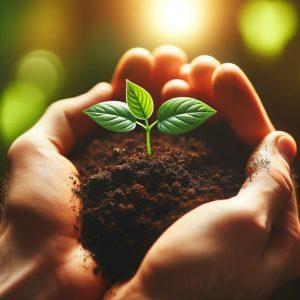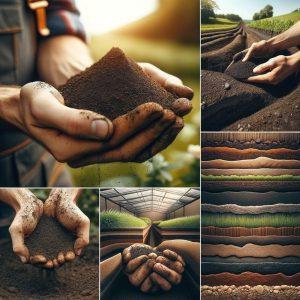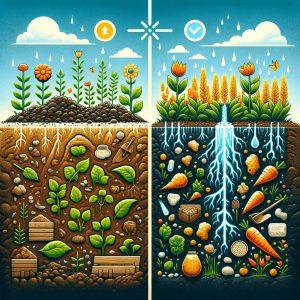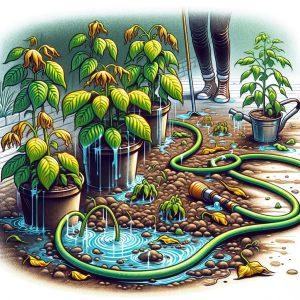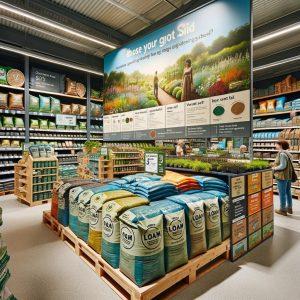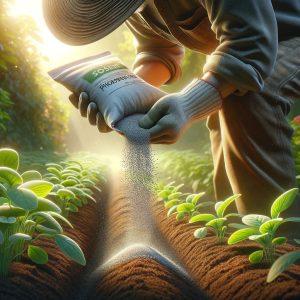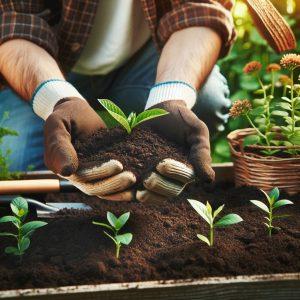Soil, often referred to as earth or dirt, is a dynamic mixture of organic matter, minerals, gases, liquids, and organisms that play a crucial role in supporting plant life and soil organisms. It serves as a natural medium for the growth of land plants and is fundamental to the ecosystem’s balance and sustainability.
Comprised of five essential components – minerals, soil organic matter, living organisms, gas, and water – soil is not just a static entity but a living, breathing system that influences various aspects of life on Earth. From providing structural support for plants to serving as a habitat for countless organisms, soil is integral to agriculture, construction, and environmental sustainability.
Understanding the composition and significance of soil is paramount for comprehending its impact on plant growth, nutrient cycling, water filtration, and erosion prevention. As we delve into the world beneath our feet, we uncover the intricate web of interactions that make soil a cornerstone of life on our planet.
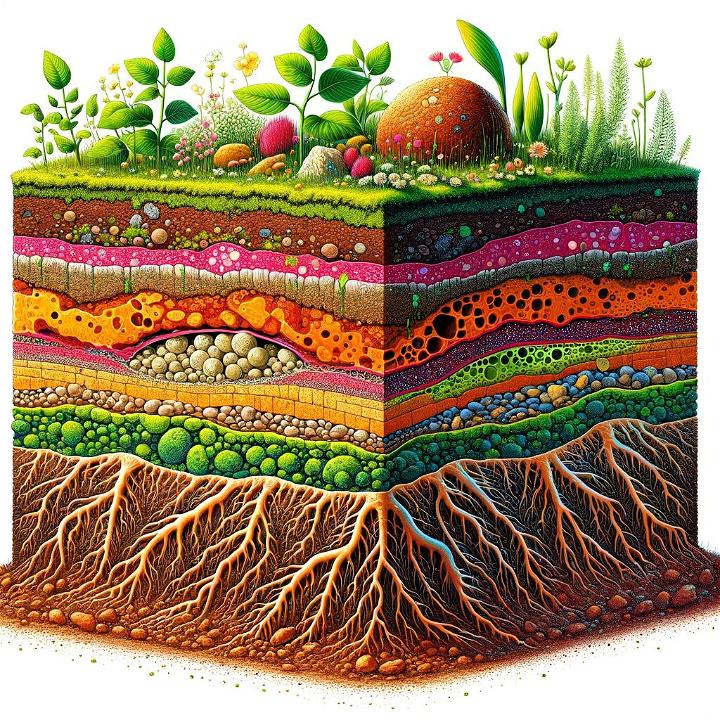
Definition and Composition of Soil
Soil is a dynamic and complex ecosystem composed of various elements that interact to support plant growth and sustain life. Understanding the composition of soil is essential for optimizing agricultural practices and promoting environmental health.
Minerals in Soil
Minerals such as sand, silt, and clay play a vital role in soil composition. These mineral particles influence soil properties like drainage, water retention, and nutrient availability. For example, sandy soils drain quickly due to larger particles, while clay soils retain water more effectively. The balance of these minerals affects the porosity of the soil, determining its ability to support plant roots and microbial life.
Organic Matter in Soil
Organic matter, such as decaying plants and animal remains, is crucial for soil fertility and structure. Components like humus contribute to nutrient cycling and microbial activity in the soil, enriching it with essential elements for plant growth. Organic matter enhances soil structure, allowing for better aeration and root development, supporting a diverse microbial community vital for nutrient recycling.
Water and Air in Soil
Water and air are fundamental factors in soil that directly impact plant growth and microbial survival. Adequate water supply supports nutrient transportation within plants and aids in photosynthesis, while oxygen in the soil is essential for root respiration and microbial activity. Soil porosity and compaction levels determine water infiltration rates, root health, and overall soil health, highlighting the significance of a well-aerated and balanced soil environment.
Functions and Importance of Soil
Soil plays a crucial role in supporting life on Earth through various functions that are essential for sustaining plant growth and maintaining ecosystem balance. Understanding the functions and importance of soil can help us better appreciate its significance in agriculture and environmental conservation.
Nutrient Cycling in Soil
Nutrient cycling in soil is a fundamental process that involves the decomposition of organic matter by microorganisms to release essential nutrients for plant uptake. Microorganisms such as bacteria and fungi break down dead plant and animal material, returning vital nutrients like nitrogen, phosphorus, and potassium back into the soil. These nutrients are critical for plant growth and contribute to soil fertility, supporting healthy crop production and ecosystem sustainability.
Nitrogen, phosphorus, and potassium are known as primary nutrients for plant growth and development. Nitrogen is essential for leafy green growth, phosphorus aids in root development and flower formation, while potassium enhances disease resistance and overall plant vigor. The availability of these nutrients in soil influences plant health and productivity, making nutrient cycling a key process for maintaining agricultural productivity and environmental balance.
Soil Erosion and Conservation
Soil erosion, caused by human activities and natural processes like wind and water, poses a serious threat to agricultural lands and natural habitats. Erosion leads to the loss of topsoil, which contains essential nutrients for plant growth, and can degrade soil quality over time. To combat soil erosion and protect soil fertility, various conservation methods have been developed.
Contour plowing involves plowing across the slope of the land to reduce water runoff and soil erosion. Cover cropping utilizes plants to cover and protect the soil during periods when main crops are not growing, helping to prevent erosion and maintain soil structure. Terrace farming creates stepped levels on hilly terrain to slow down water flow and reduce soil erosion, allowing for sustainable agriculture on sloped landscapes.
By implementing these soil conservation practices and promoting sustainable land management, we can safeguard soil health, preserve agricultural productivity, and protect the environment for future generations. Investing in soil conservation is vital for ensuring food security, promoting biodiversity, and mitigating the impacts of climate change on our precious soil resources.
Types of Soil and Classification
Soil plays a crucial role in supporting plant growth and sustaining our ecosystems. Understanding the different types of soil and their classification is fundamental for successful agriculture and environmental stewardship.
The classification of soil types is based on the texture, structure, and composition of the soil. The most commonly used system in the United States is the USDA soil classification system, which divides soils into 12 orders. Below, we will discuss some of the most common types of soil and their characteristics.
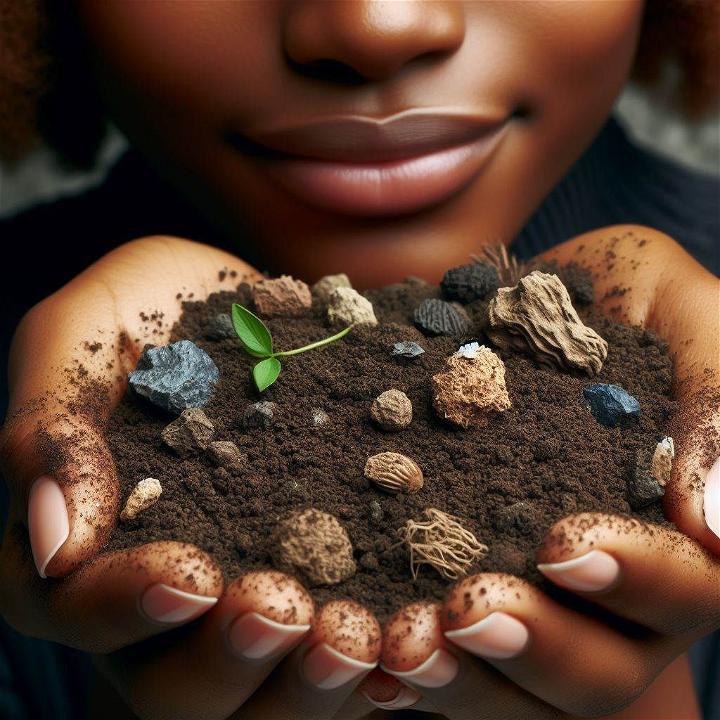
1. Sandy Soil
- Characteristics: Sandy soil is composed of large particles of silica and has a gritty texture. It has low water retention capacity and poor nutrient content.
- Uses: It is best used for plants that require good drainage and don’t need much water or nutrients, such as succulents.
2. Clay Soil
- Characteristics: Clay soil is made up of very small particles that stick together, creating a heavy and compact soil. It has a high nutrient content but poor drainage.
- Uses: It is suitable for crops that need a lot of water and nutrients, but drainage improvement might be necessary.
3. Silt Soil
- Characteristics: Silt soil has fine particles, smoother than sand but not as sticky as clay. It holds water better than sandy soil and is more fertile.
- Uses: It is ideal for agricultural crops, including grains and vegetables, due to its fertility and moisture retention.
4. Peat Soil
- Characteristics: Peat soil is rich in organic matter and retains a large amount of moisture. It is dark in color and very fertile.
- Uses: It is often used in gardening and as a soil conditioner due to its high nutrient content.
5. Loam Soil
- Characteristics: Loam soil is a well-balanced mixture of sand, silt, and clay, making it the best type of soil for gardening and agricultural uses. It has good water retention, drainage, and fertility.
- Uses: It is ideal for growing a wide variety of plants, including vegetables, flowers, and trees.
6. Chalk Soil
- Characteristics: Chalk soil contains a large amount of chalk or limestone, making it alkaline. It has poor fertility and moisture.
- Uses: It is suitable for growing plants that thrive in alkaline conditions, such as some types of bulbs and shrubs.
Understanding the different types of soil and their characteristics is crucial for effective land management, agriculture, gardening, and environmental conservation. By knowing the properties of each soil type, individuals and professionals can make informed decisions about how to use and improve the soil for various purposes.
Whether you’re planting a garden, managing a farm, or planning a construction project, recognizing and working with the soil’s natural characteristics can lead to more successful outcomes.
Soil pH and Acidity
Soil pH is a measure of the acidity or alkalinity of the soil, which significantly impacts plant growth and nutrient availability. In acidic soils, essential plant nutrients may become less available, affecting crop productivity. Adjusting soil pH levels through practices like liming or sulfur applications can help optimize nutrient uptake and enhance plant growth. Learn how to easily test soil pH at home with this informative guide. Discovering the importance of soil pH in plant growth can deepen your understanding.
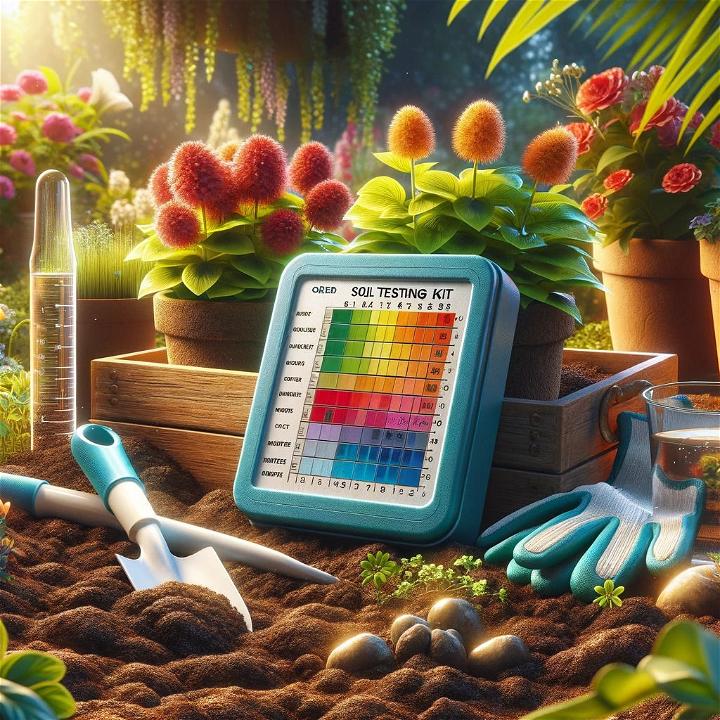
Soil Health Indicators
Soil health indicators are essential markers that reflect the overall quality of the soil. Factors such as soil organic matter content, microbial activity, and soil structure play crucial roles in soil health. Regular soil testing and analysis are vital for assessing soil quality and fertility, enabling farmers to make informed decisions about soil management practices. Dive deeper into the importance of soil health indicators and how they can guide your efforts to improve soil health on your farm.
By understanding the significance of soil pH and health indicators, farmers and environmental enthusiasts can make informed decisions to promote sustainable agriculture and enhance ecosystem resilience. Engaging in soil conservation practices and monitoring these key aspects of soil quality can lead to improved agricultural productivity and environmental sustainability.
FAQs
Have you ever wondered about the mysteries beneath our feet? Let’s delve into some frequently asked questions about soil.
Why is Soil Important?
Soil is not just dirt under our feet; it is a living, breathing ecosystem that sustains life on Earth. It supports plant growth, filters water, and provides habitats for countless organisms. Without soil, we wouldn’t have the food we eat or the air we breathe.
Learn more about the importance of soil and its crucial role in our ecosystem.
How is Soil Formed?
Soil formation is a complex, fascinating process that can take hundreds to thousands of years. It begins with the weathering of rocks and minerals, combined with the decay of plant and animal matter. Factors like climate, topography, organisms, and time all play a role in shaping the soil we see today.
Is Soil a Renewable Resource?
While soil may seem abundant, it is actually a non-renewable resource in human timescales. The process of soil formation is incredibly slow compared to the rate at which we are degrading and losing soil due to factors like erosion, pollution, and urbanization. It’s crucial to protect and conserve this precious resource for future generations.
Can Soil Quality Change?
Yes, soil quality is dynamic and can change over time due to various human and natural factors. Practices like excessive tillage, heavy pesticide use, and improper irrigation can degrade soil quality. On the other hand, sustainable agriculture, composting, and cover cropping can improve soil health and fertility.
How Does Soil Support Plant Growth?
Plants rely on soil for nutrients, water, and anchorage. Soil acts as a reservoir, storing essential minerals like nitrogen, phosphorus, and potassium that plants need to thrive. The physical structure of soil also affects root penetration, aeration, and moisture retention, all crucial for healthy plant growth.
Let’s continue our quest to unravel the wonders of soil and appreciate the unsung hero beneath our feet.
Conclusion
Soil is not just dirt beneath our feet; it is a dynamic ecosystem that sustains life and plays a fundamental role in agriculture. Understanding the importance of soil health is crucial for sustainable farming practices and ensuring food security for present and future generations.
Key Takeaways:
- Soil Health: The vitality of soil is essential for plant growth and ensuring nutrient-rich produce for consumption.
- Ecosystem Support: Soil serves as a habitat for various organisms, from earthworms to microscopic bacteria, contributing to biodiversity and ecosystem balance.
- Nutrient Cycling: Soil acts as a reservoir for essential nutrients like nitrogen, phosphorus, and potassium, crucial for plant growth and development.
- Water Filtration: Healthy soils have the capacity to retain water, reducing runoff and preventing soil erosion, which is vital for sustainable agriculture practices.
By acknowledging the intricate role that soil plays in sustaining life and supporting agriculture, we can implement practices that preserve and enhance soil health for a more resilient and productive farming ecosystem.
For further understanding of the importance of soil in agriculture, you can explore more details here.
Discover Soil: Articles and Resources
Explore articles and resources about soil to deepen your knowledge on this essential topic.
- Phosphorus Enrichment Techniques: Enhance soil fertility with practical methods for adding phosphorus, crucial for plant health.
- Loam Soil Acquisition: Beginners’ guide to finding and purchasing loam soil, a key ingredient for successful gardening.
- Topsoil Explained: Unveil the uses and benefits of topsoil in gardening, from nourishing plants to improving soil structure.
- Common Topsoil Pitfalls: Avoid the typical blunders with topsoil to ensure a healthier garden through strategic use.
- Soil Types Guide: A complete exploration of soil varieties helps gardeners choose the right type for their plants.
- Organic Soil Amendments: Optimize garden health naturally with our guide to soil amendments, fostering sustainable growth.
- Soil pH Elevation: Simple techniques to raise soil pH for healthier, more vibrant plants.
- Soil pH Reduction: Learn how to effectively lower soil pH for the growth of acid-loving plants.
- DIY Soil pH Testing: An easy guide for testing soil pH at home, a vital step for maintaining plant health.
- Understanding Loam Soil: Discover what loam soil is and why it’s the best choice for many gardeners in our ultimate guide.
- The Significance of Soil: Learn why soil is foundational to our ecosystem, supporting life and biodiversity.

